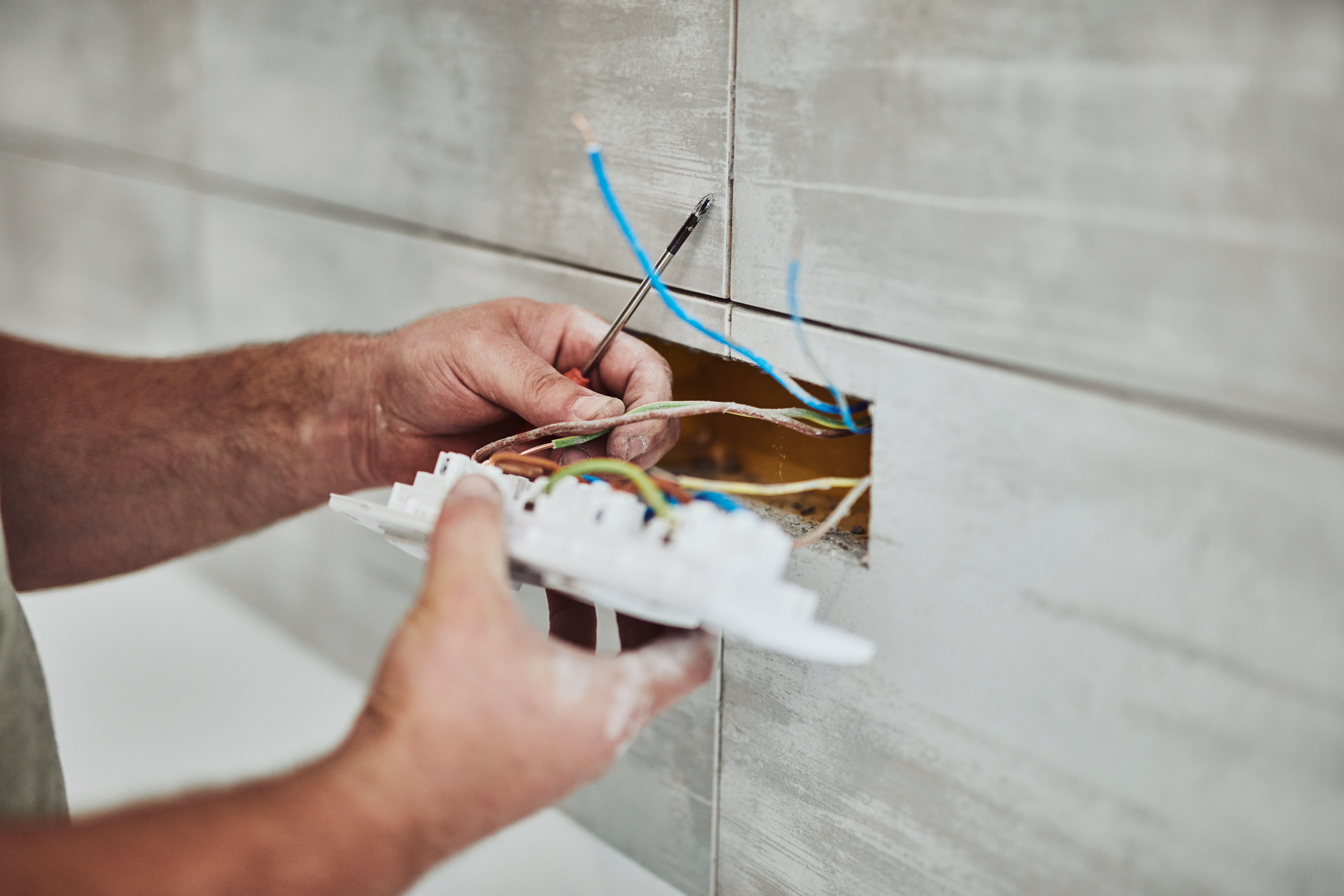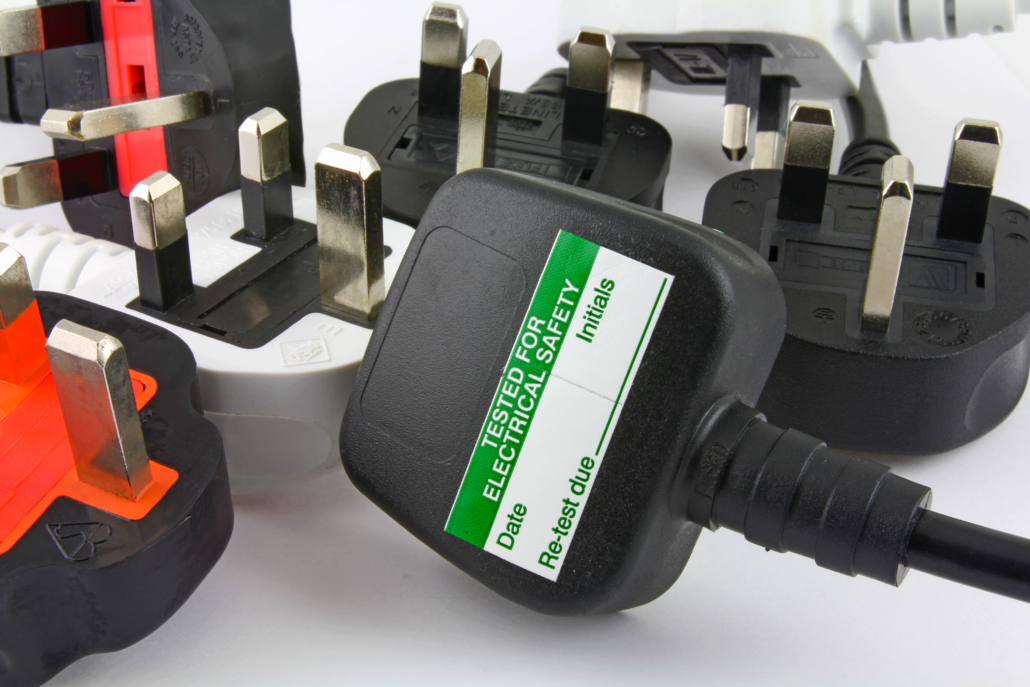Why is Earthing Necessary in Electrical Systems
Electricity is a crucial element of modern living, but it’s also a highly dangerous force. From an electrical shock through to severe burns and even death, electricity has the potential to cause significant damage. Thankfully, society has been aware of this ever since electricity was discovered. Accordingly, numerous safety features have been developed along the way to minimise the danger it poses. One of the most important safety features associated with electricity is earthing.
What is Earthing?
When the insulation inside an electrical device begins to degrade and fail, there’s a major risk of anyone touching that device receiving an electric shock. If, for example, you were to start inspecting a kettle where the insulation had failed, it’s likely that you would become a conduit for the electrons which are leaking out. And this is when an electrical shock occurs.
An electrical device which has been earthed, however, should avoid your body becoming a pathway for any electrons which are leaking out. This is achieved using the third pin on a plug known as the ‘earth’ connection. As the Earth is an excellent conductor of electricity, electrons are keen to use this as a quick escape path from damaged insulation. And, due to the size of the Earth, it can provide a safe discharge of the electrical force.
Earthing, of course, is similar to grounding but there are some notable differences between the two. Whilst both are involved in the safe discharge of electrons, earthing is when the electrical circuit is connected to the ground physically with zero volt potential. Grounding, meanwhile, is when the electrical circuit does not have a physical connection with the ground but still has zero volt potential.
What Types of Earthing Are There?
Typically, there are two main types of electrical earthing available:
- Neutral Earthing: also known as system earthing, this type of electrical earthing involves the neutral of a system being directly connected to the earth by a low resistance wire.
- Equipment Earthing: this form of earthing is found within electrical equipment and usually finds a section of the equipment – which is non-current carrying – connected, by a conducting wire, to the earth.
Types of Electrical Faults
The main electrical faults that you are likely to encounter are:
- Short circuit: this fault occurs when a connection is opened between two electrical nodes which is unintended and shorter than its expected path. The result is an excessive current travelling through the circuit.
- Open circuit: in an open circuit, the two terminals of the circuit have become disconnected and the flow of the current is stopped. However, this can result in a very high current building up which has the potential to increase temperatures of the wires and potentially cause a fire.
With good earthing practices in place, the impacts of these types of electrical faults are likely to be negated.
What is the Purpose of Earthing
Ensuring that your electrical equipment is correctly earthed is a crucial safety procedure. The level of damage that electricity can cause to a human and their surroundings has the potential to be catastrophic. Therefore, it makes sense to regularly have your electrical systems and equipment tested to identify any insulation and earthing faults.
View the video – ‘Electrical Earthing – What Is Earthing?’
For additional electrical articles please visit our main BLOG page here





